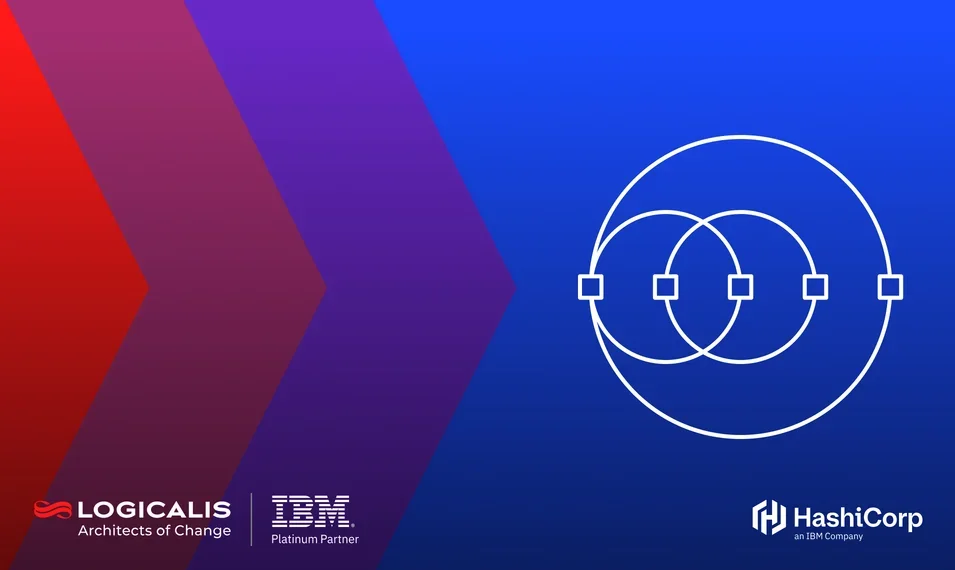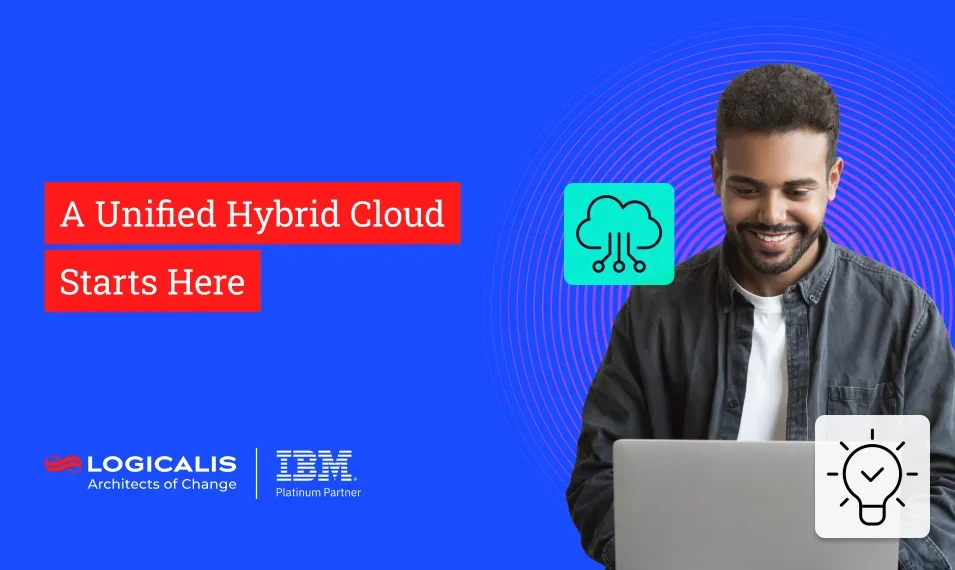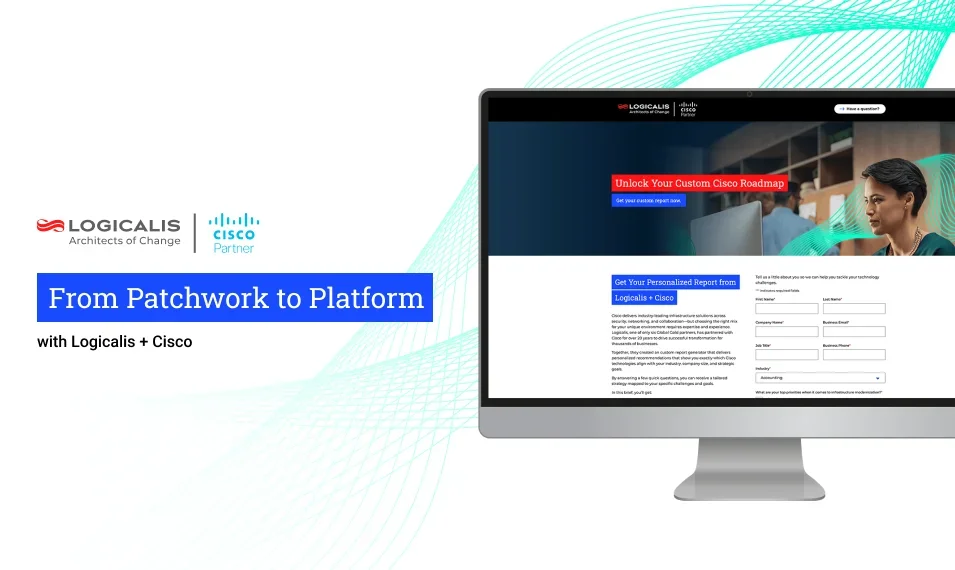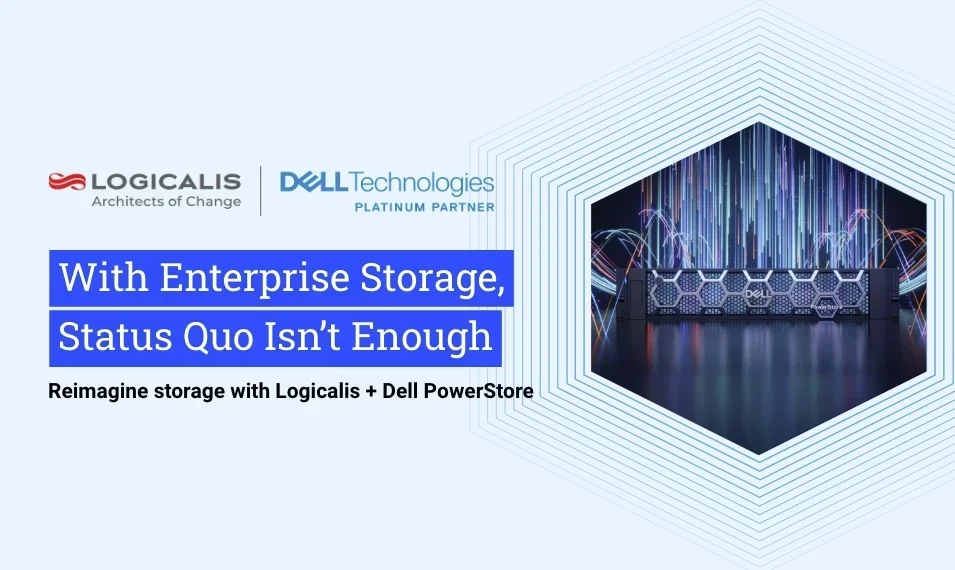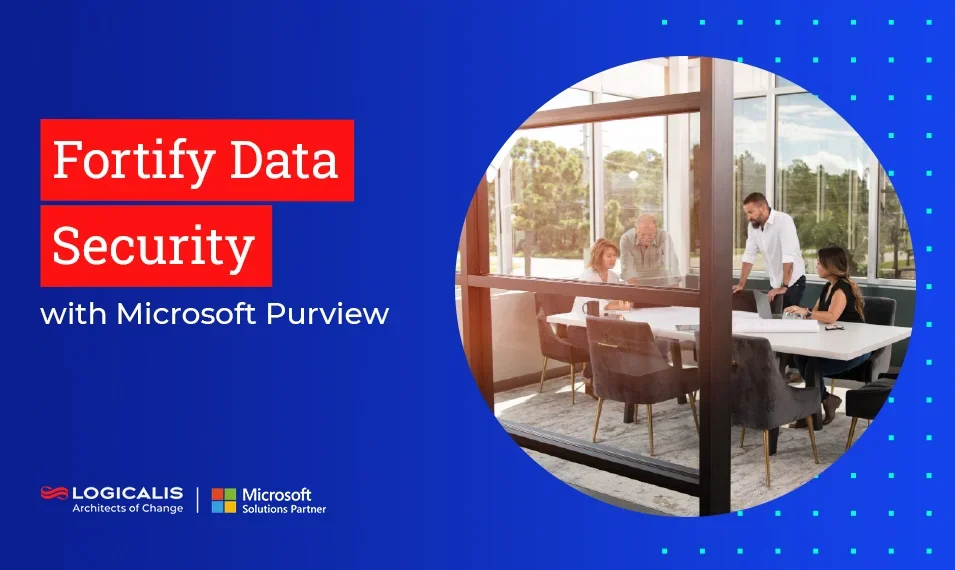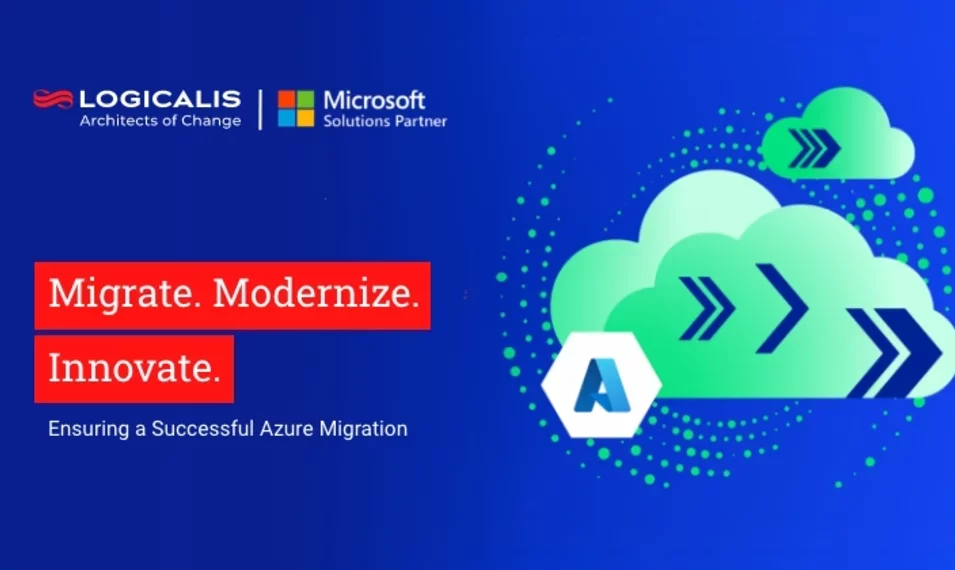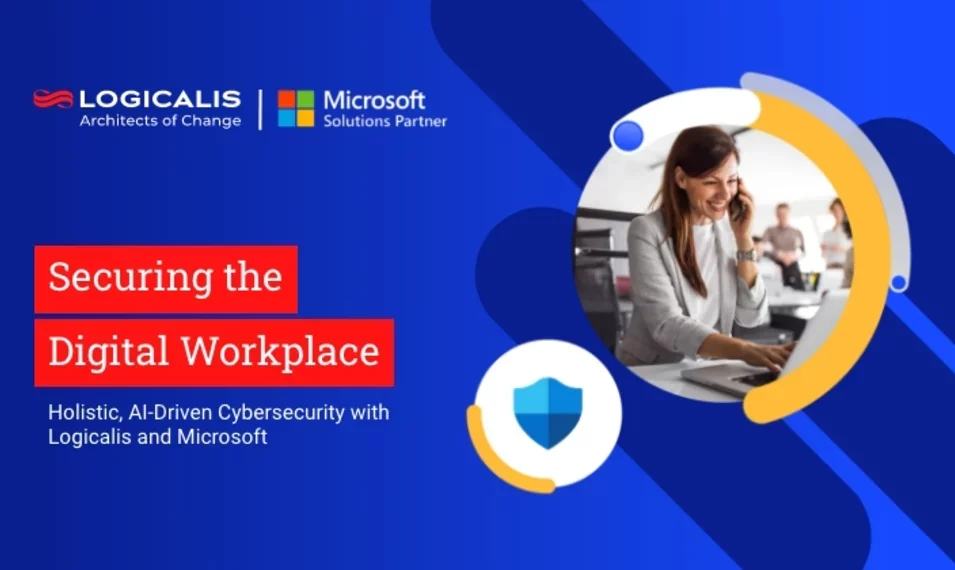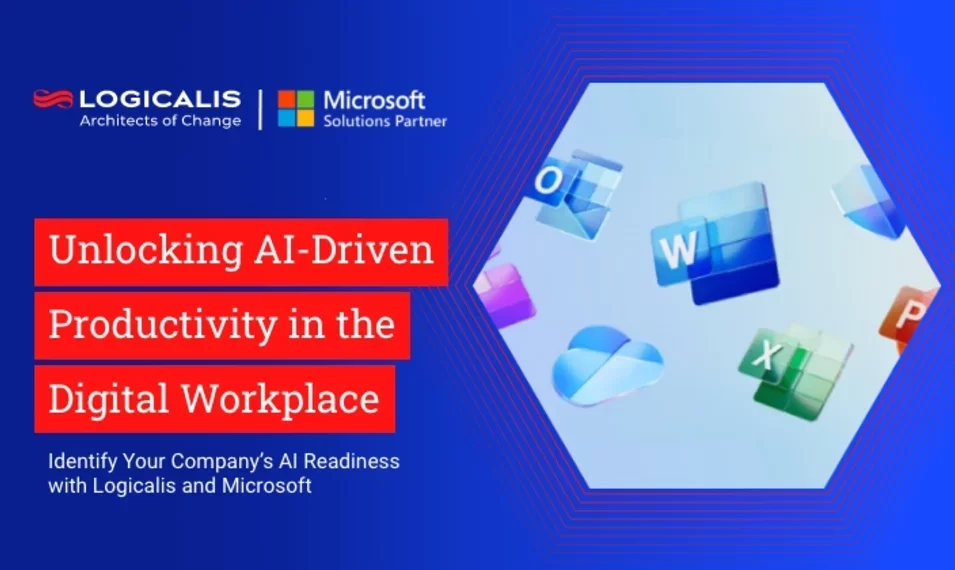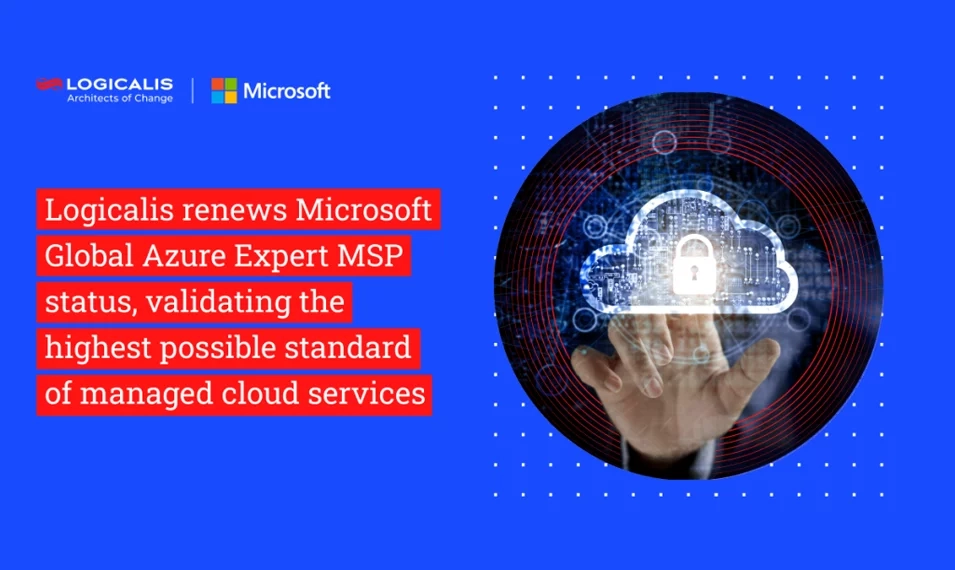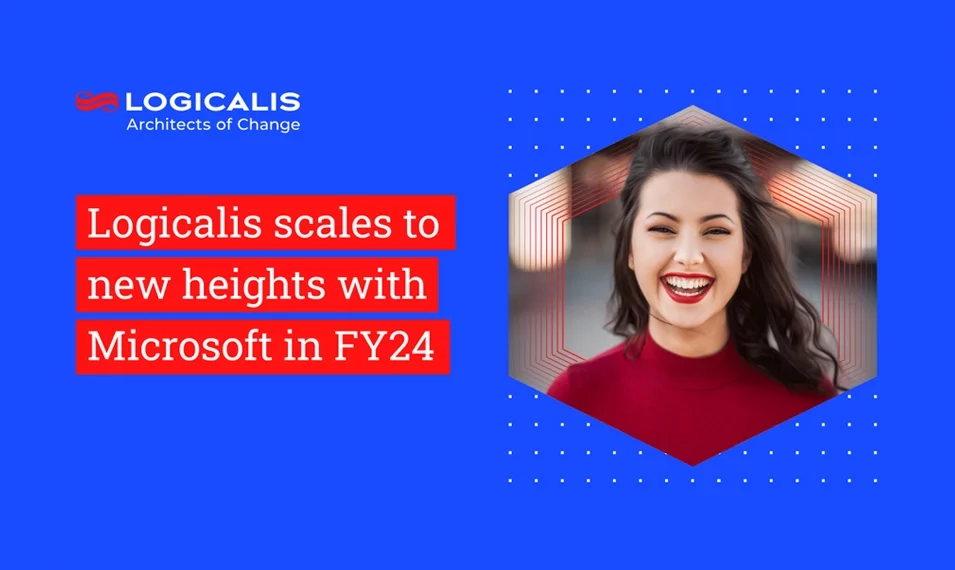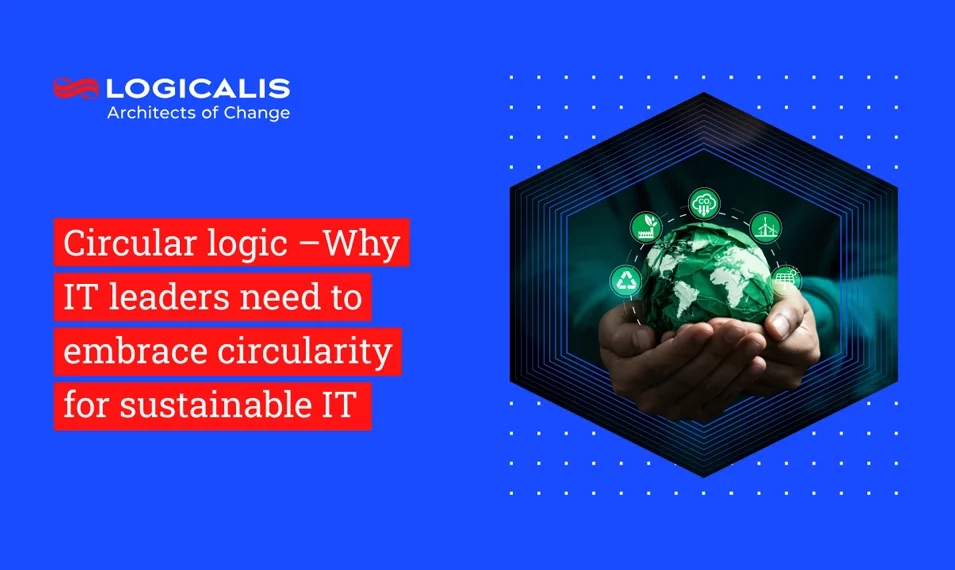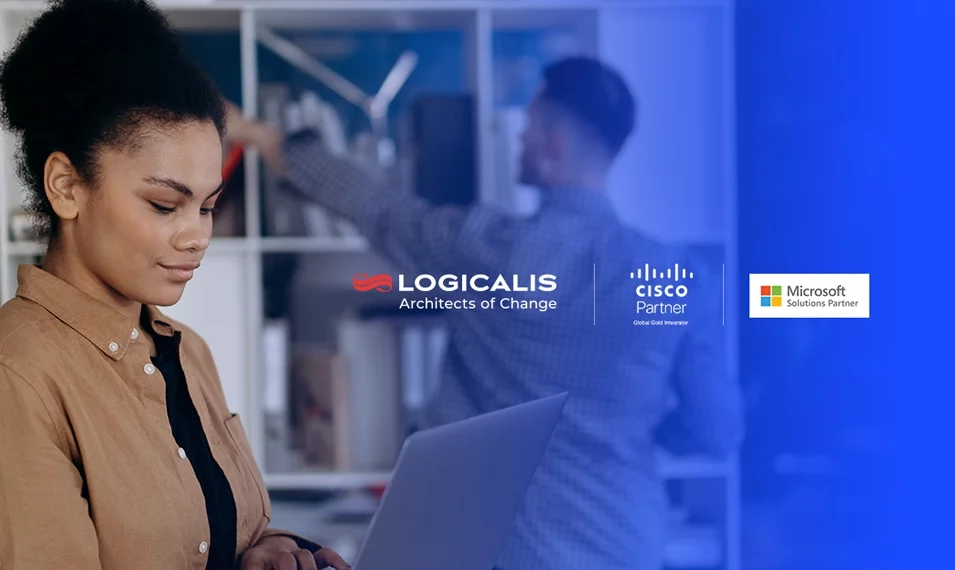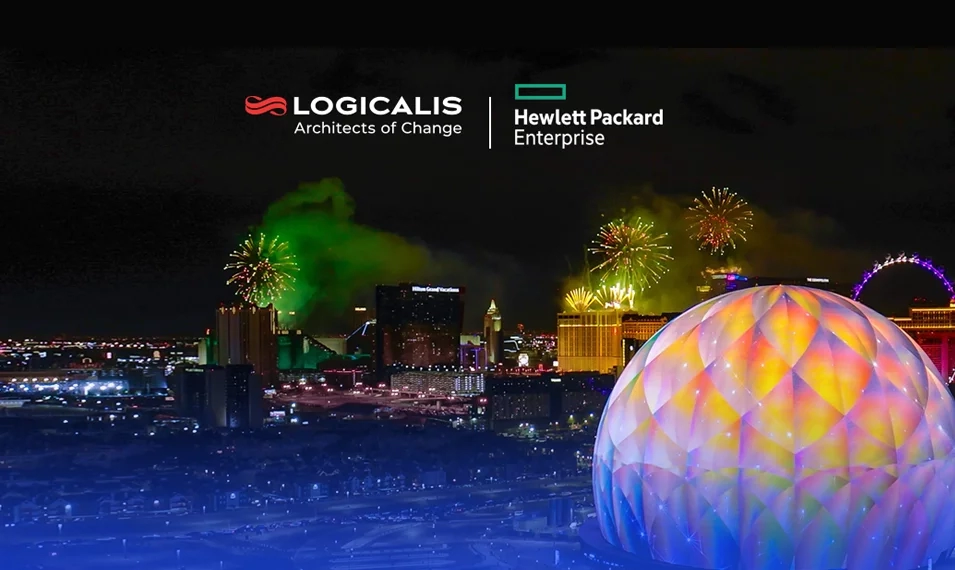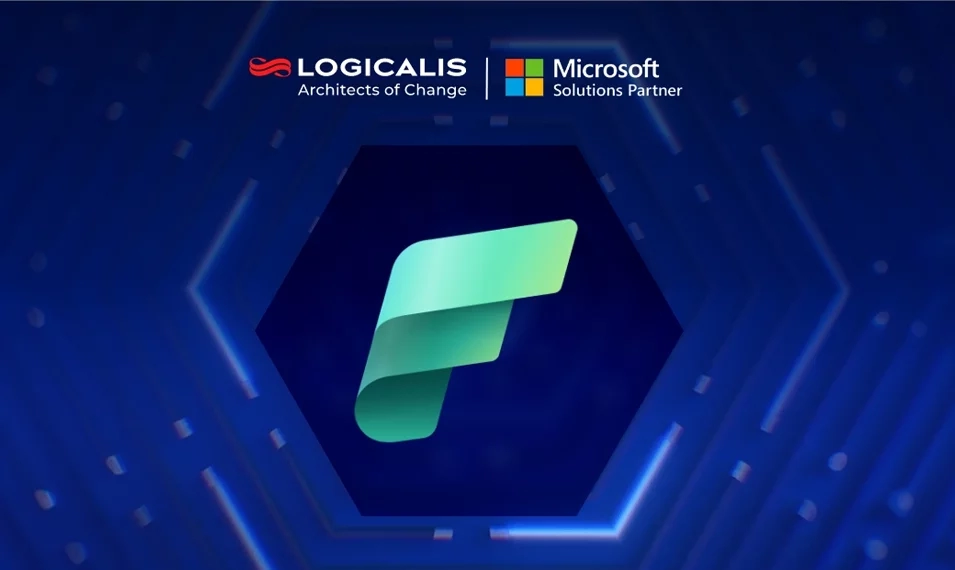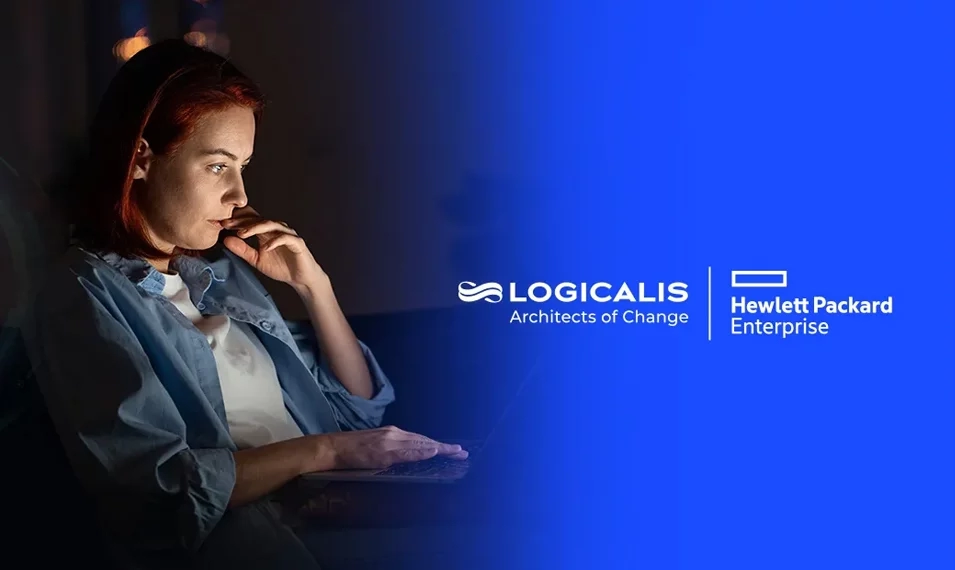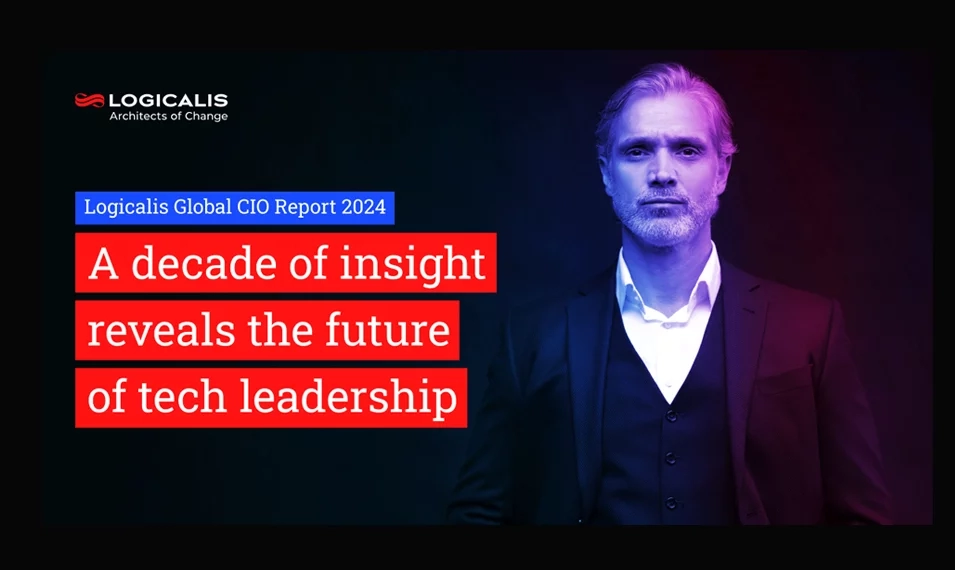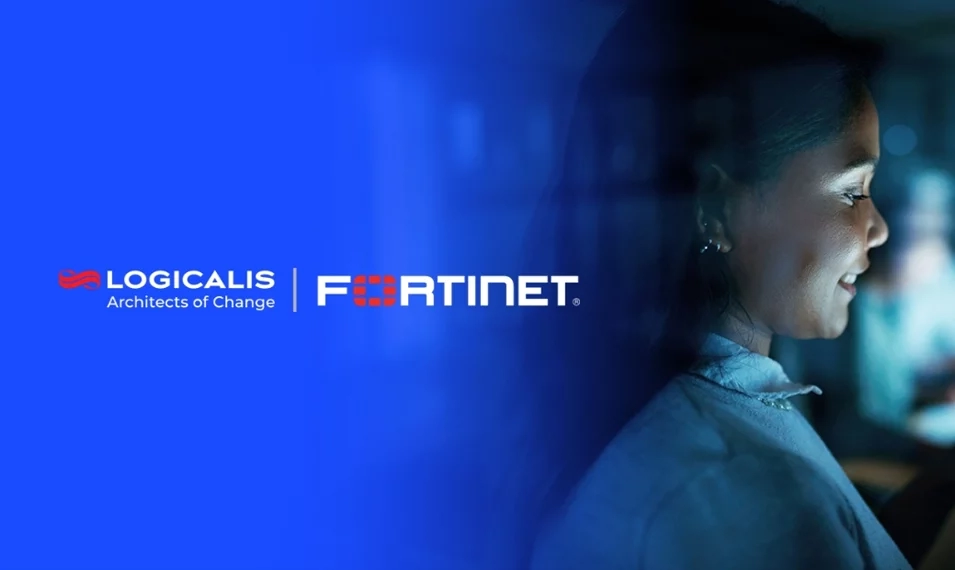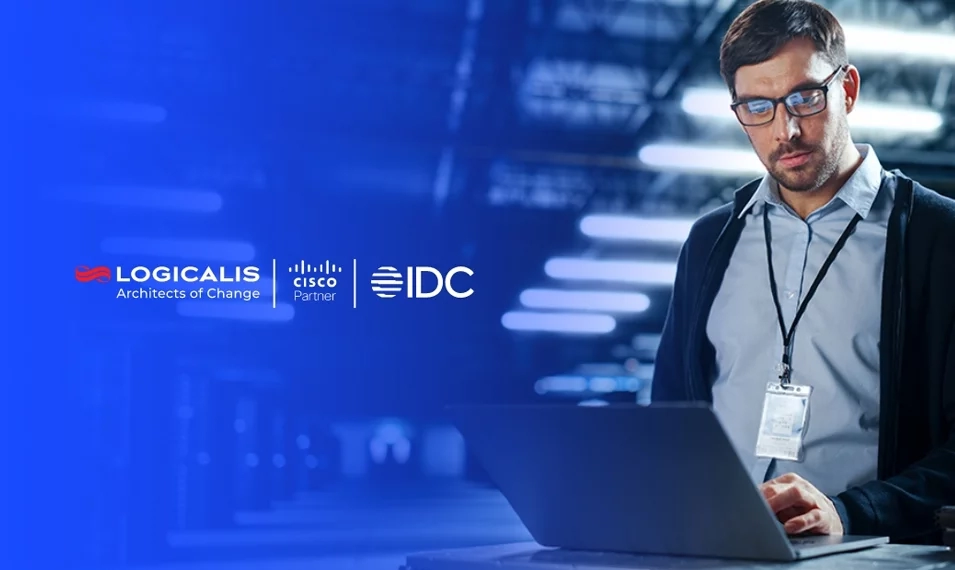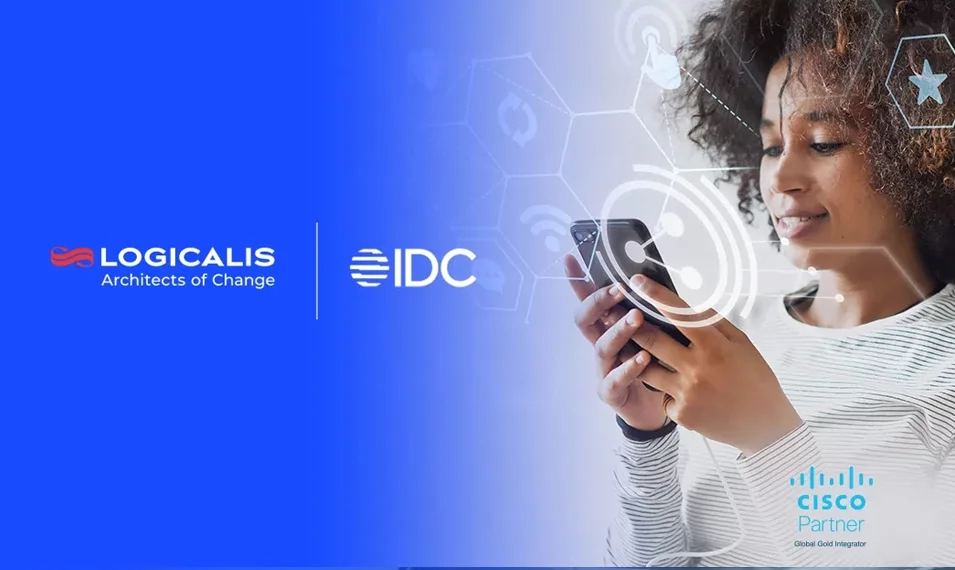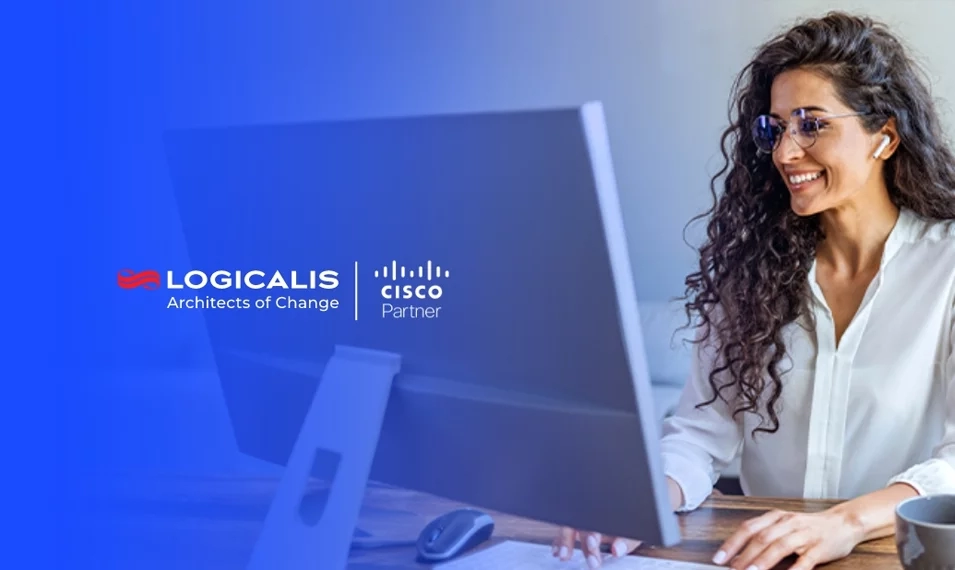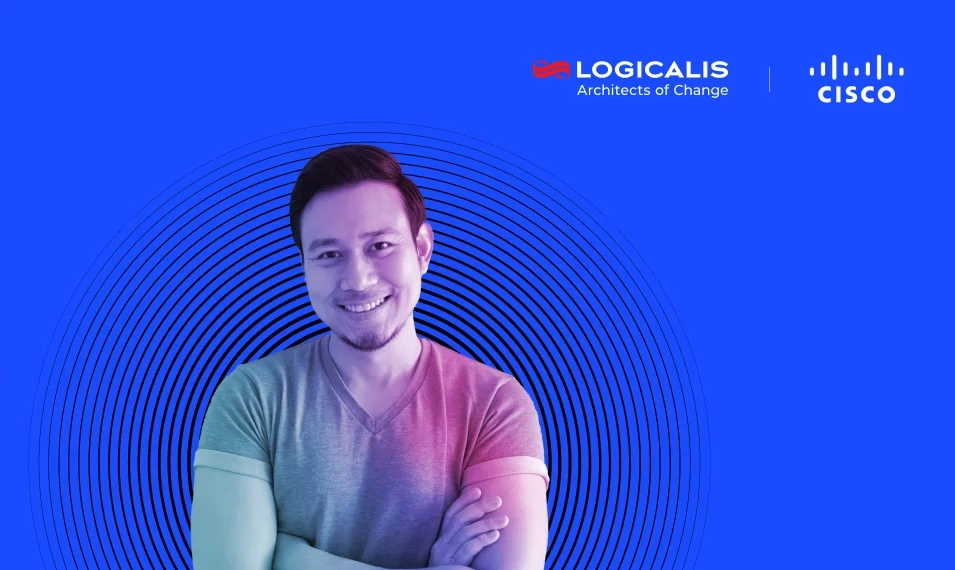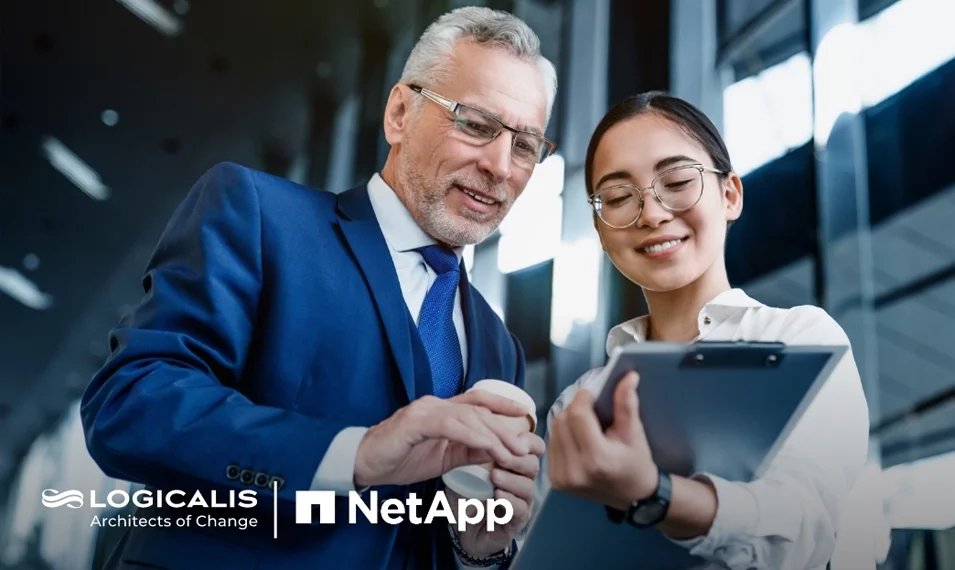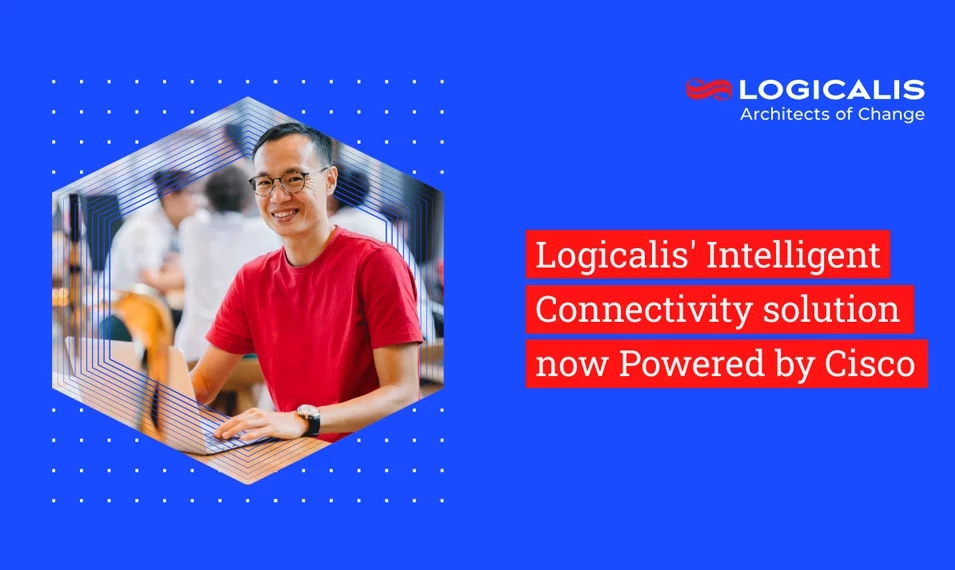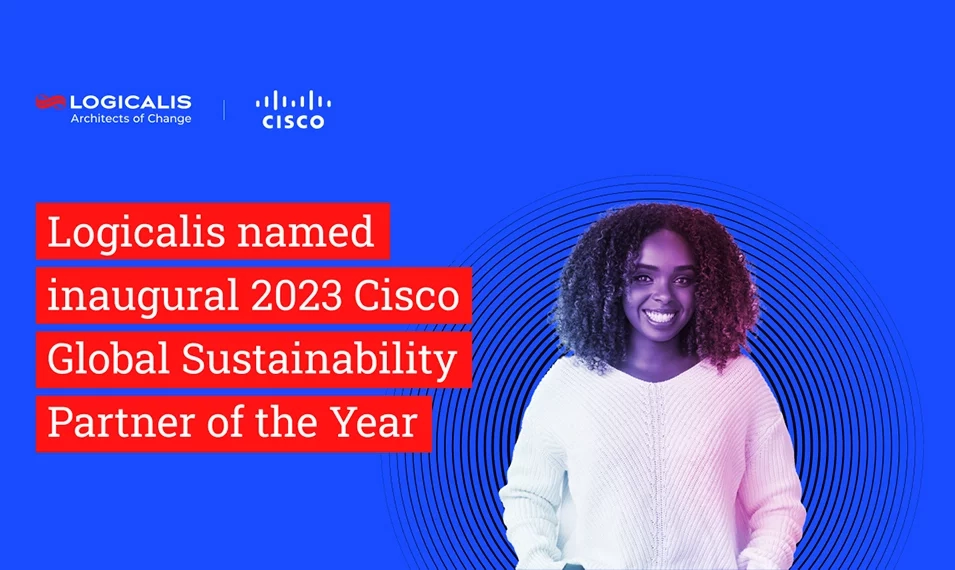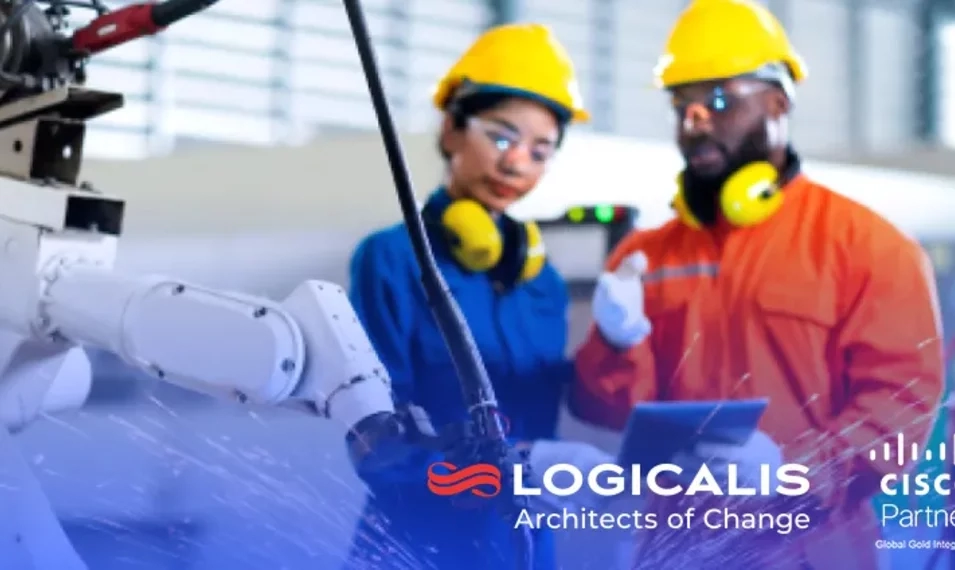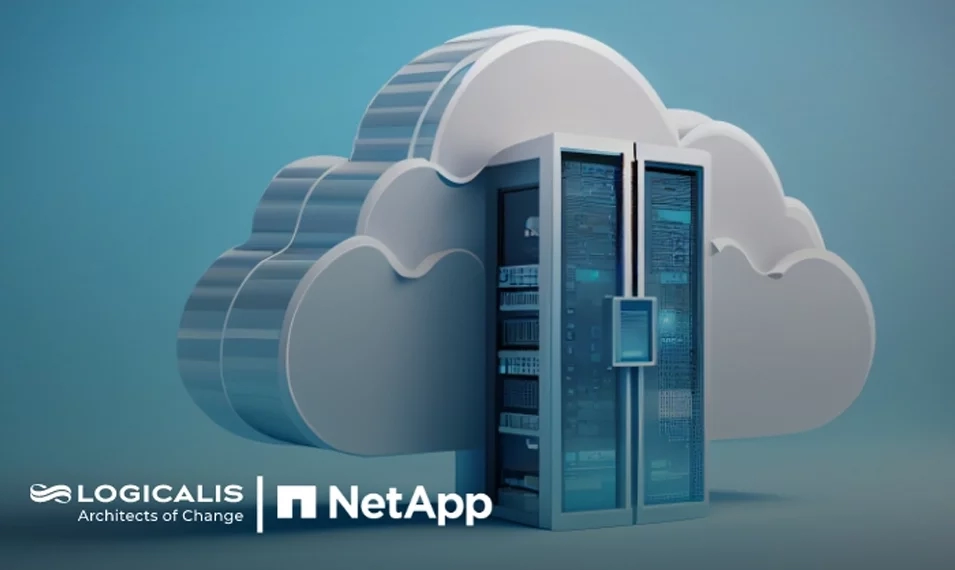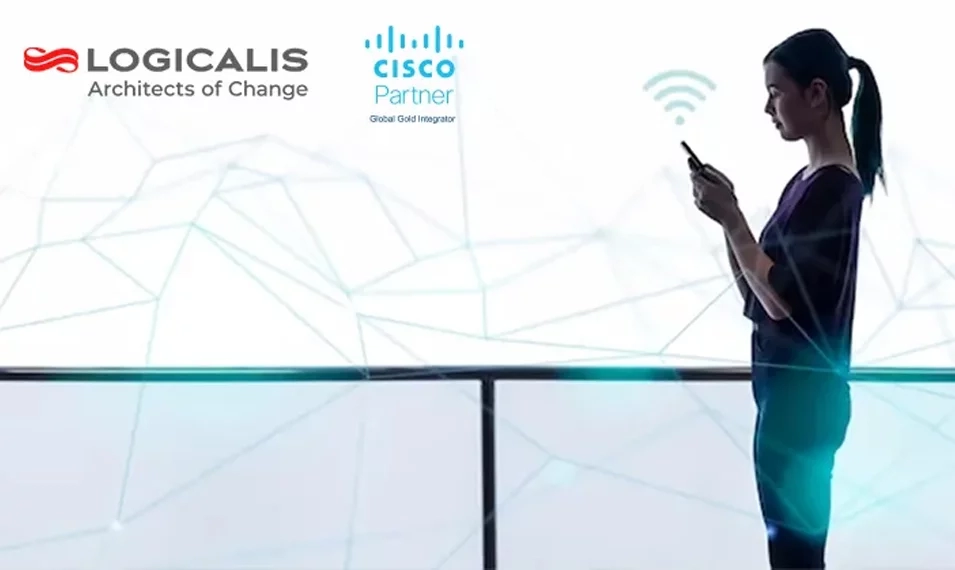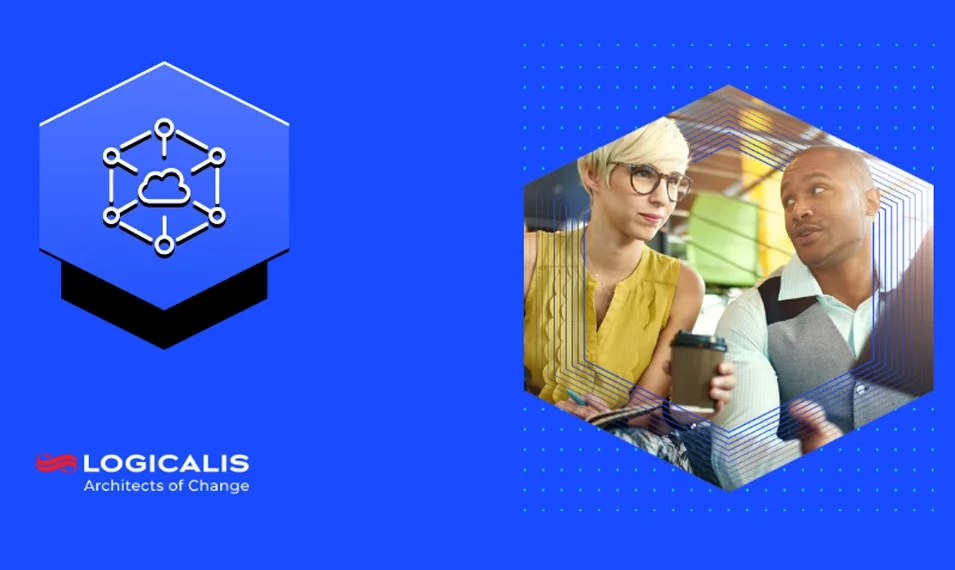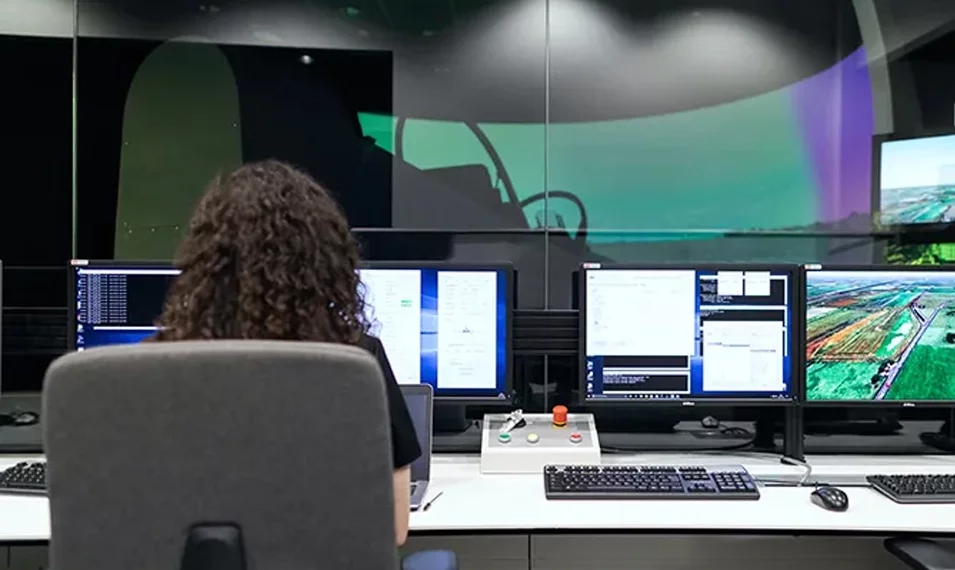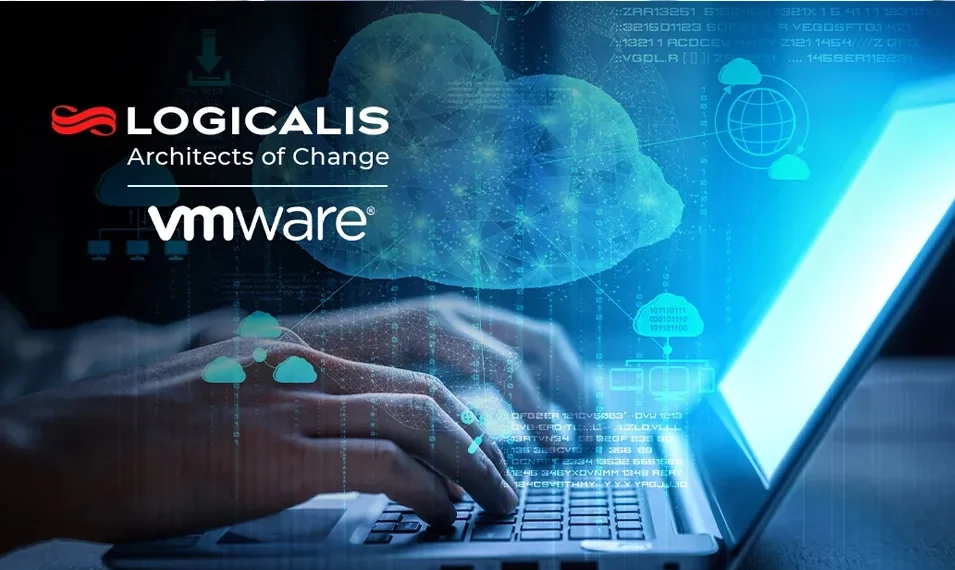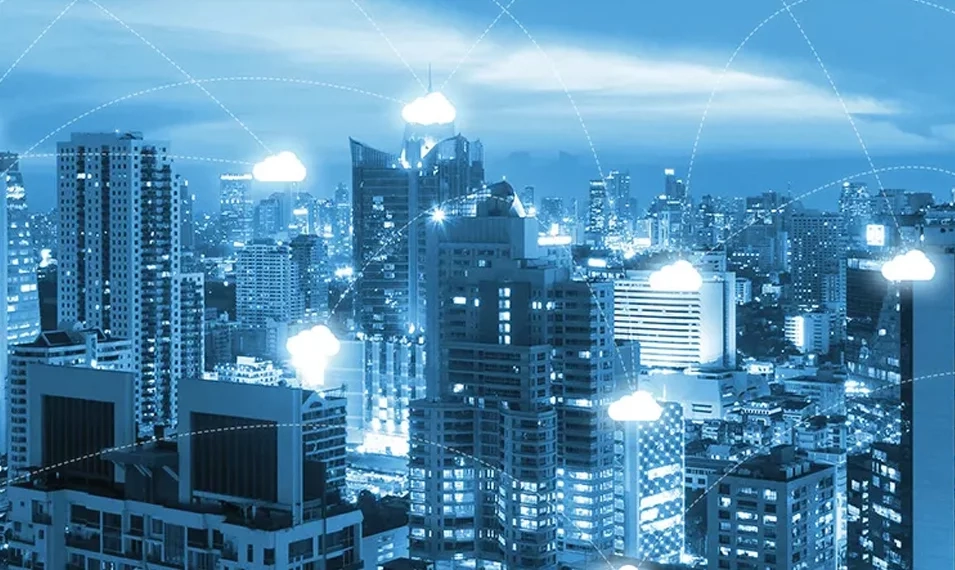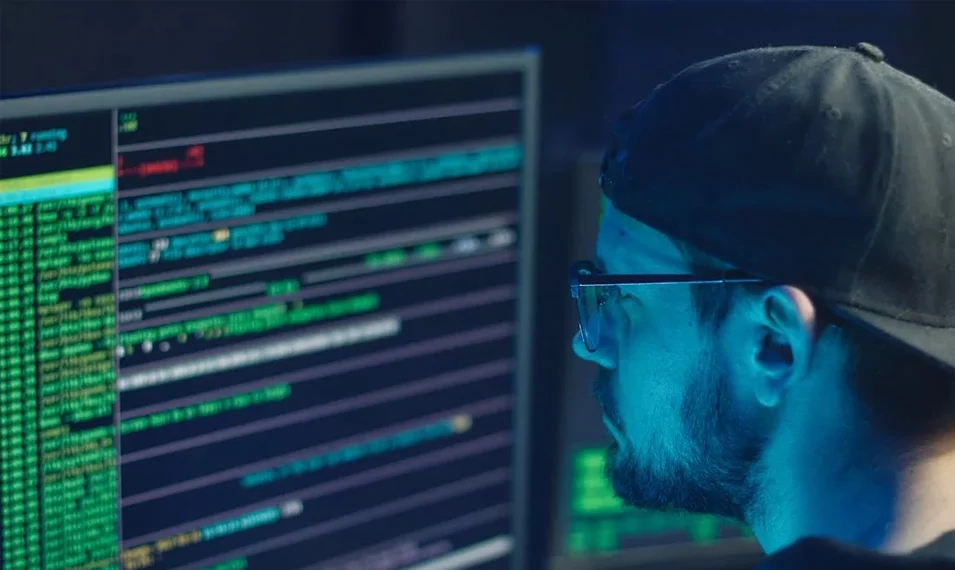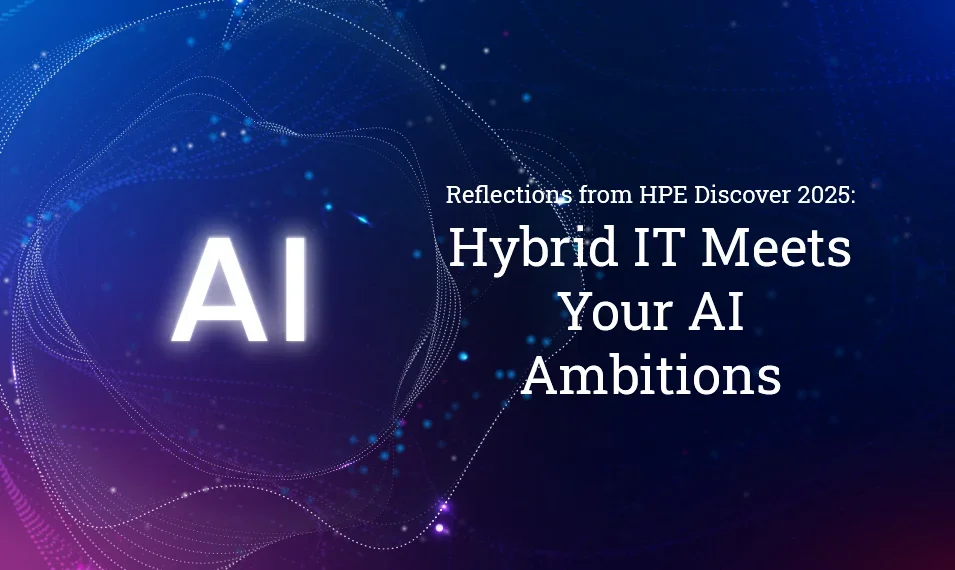
USA, Aug 18, 2025
Most organizations aim to innovate faster and drive business outcomes. But the pace of innovation continues to accelerate, leading to these shared challenges: legacy infrastructures, growing technical debt, and management complexity due to sprawling hybrid IT environments. Through the intersection of AIOps and agentic AI, today’s organizations can now overcome these challenges with HPE.
HPE is building the hybrid infrastructure which enables you to deploy AI and transform operations. This was the overall theme of this year’s HPE Discover.
AI: Generative to agentic to physical
The acceleration of generative, agentic, and physical AI is ushering in a new era of possibilities, enabled by the data, workflows, network, and security which underpin it all. According to CEO Antonio Neri:
- Generative AI is changing how we work, making us faster, smarter, and more efficient.
- Agentic AI is now managing workflows, making decisions, and driving business efficiency. In the not-too-distant future, IT will be managing a digital workforce of thousands of specialized AI agents actively working across the enterprise.
- Physical AI is enabling the abstract to take form in the physical world—from robots to autonomous vehicles to industrial automation—redefining how we work and interact with the world around us.
But it starts with the right foundation. HPE is uniquely equipped to help you build the right digital foundation needed to unlock the full potential of AI and turn your aims into reality.
“These are profound shifts and together, they mark a new era of AI-driven business and societal transformation.”
- Antonio Neri, President & CEO/HPE
Lay a solid foundation for AI
AI is only as good as the infrastructure supporting it. So, it follows that getting your infrastructure right is a prerequisite for modern IT—and AI—success.
These three building blocks are essential to an AI-driven infrastructure:
- Networking – Core to designing and deploying a secure and modern infrastructure is the connective fabric that stretches across your enterprise. Your network must be updated to meet the needs of AI and AI, for networking must meet the fast-growing performance and scale demands of AI workloads.
- Hybrid cloud – Resource-intensive AI workloads typically require the massive computing power of public cloud and sensitive data often needs to be secured on premises or in a private cloud. Hybrid cloud allows organizations to strategically accommodate the unique characteristics and demands of AI workloads and place them where they fit best, balancing performance, cost, and security.
- AI – The AI Era isn’t just coming, it’s here. HPE integrates AI into their strategy by offering solutions for the full lifecycle of AI development and deployment. These solutions can help you to simplify and accelerate AI initiatives, manage multi-tenant landscapes, derive insights from data, and many other activities.
Together, these three elements form the foundation of an AI-driven IT strategy and architecture enabling you to innovate faster and achieve your business outcomes.
My take: The first hybrid-forward IT infrastructure
From my perspective, HPE has truly built a platform that allows you to address whatever is needed for your infrastructure from edge to hybrid cloud. I particularly appreciated how Antonio Neri presented HPE's value around what they're doing across the entire ecosystem of products, from the network to the edge (Neri refers to the data center and hybrid cloud as the “edge”). HPE sets themselves apart from others by talking about AI from a hybrid perspective. Other OEMs talk about it from an on-prem perspective and then a cloud perspective; whereas, HPE has all the assets to truly make it a hybrid cloud with security built into the physical infrastructure. That means there’s real value in being able to manage your entire HPE estate—network, compute, and storage—from a single management platform, no matter your application (e.g., ERP, AI, etc.).
GreenLake Intelligence: Not just a consumption model anymore
As part of his transformational vision for hybrid IT operations, Neri also talked about how HPE is transforming GreenLake cloud into an agentic AI-powered hybrid cloud. No longer just a consumption model, GreenLake Intelligence is more of a tool-based operating platform with a unified infusion of agentic AIOps across almost every infrastructure layer.
Within this platform, there is traditional compute for your traditional applications and hyper converged with the HPE Private Cloud Business Edition (now HPE GreenLake for Private Cloud Business Edition). But it plays into the whole hybrid cloud approach by allowing you to manage everything under one platform. So, you’ve got the private cloud for AI and other elements you can now build into GreenLake and then manage it all through the same platform. HPE’s comprehensive hybrid cloud technology stack also makes it possible to add new agents for networking, observability, cloud costs, sustainability and workload optimization.
HPE Discover: Key AI-adjacent announcements
- AI-Powered Factory Solutions – Though HPE Private Cloud AI was announced last year, this year it’s become even more robust and the partnership with NVIDIA continues to grow with new modular AI factory solutions, powered by NVIDIA Blackwell. Basically, HPE offers the only out-of-the-box platform for on-prem AI that's ready to go, which puts them ahead of the curve.
- HPE Alletra Storage MP X10000 – The other big highlight from an AI perspective is their big storage array. It’s specifically built for AI because it aggregates all data—whether block, file, object, etc.—into one storage array for faster processing.
- HPE Proliant Gen 12 Servers – With these two new additions to the Proliant server portfolio, there’s a terrific opportunity for organizations to modernize virtualization and edge computing and do more with less via AI-driven management. The performance is astronomically better, which then leads to less power, less cooling, and simplified management. In fact, HPE says HPE Compute Ops Management is already simplifying server management with up 75% less time managing servers, up to 4.8 fewer hours of downtime per server each year, and up to $152K in travel and software cost savings over three years.
Read more about all the announcements at HPE Discover.
Finally, though it wasn’t announced until after Discover, it’s still important to mention. HPE just completed its Juniper acquisition, which doubles the size of HPE’s networking business and gives you a bigger portfolio of AI-native network solutions from which to choose. This acquisition—and the HPE Aruba wireless networking acquisition from several years ago—will help close the networking gap for HPE. Read about the recent HPE acquisition of Jupiter Networks.
Discover what’s next
While technical debt and refresh cycles have always been a feature of modern infrastructures, the difference today from even three to four years ago is the accelerated pace of AI. In addition, many organizations have held onto assets with the intent to move to the cloud but have found it's not as easy or cost effective as they’d hoped. Both scenarios—the madcap pace of AI and significant unaddressed technical debt—make it imperative for organizations to assess and refresh their existing infrastructures today.
As our clients’ needs change, Logicalis will continue to change, too, with ongoing investments in AI, hybrid IT, and all our offerings so we can continue to provide the experience you expect.
Leverage the opportunity to your advantage. If you’re new to Logicalis, schedule a complimentary executive workshop to get started. Or contact us or your account executive for more information.
Brandon Harris is Vice President of Hybrid Data Center at Logicalis, responsible for presales technical support, solution development and portfolio management, partner and alliance management, and marketing for the organization.

